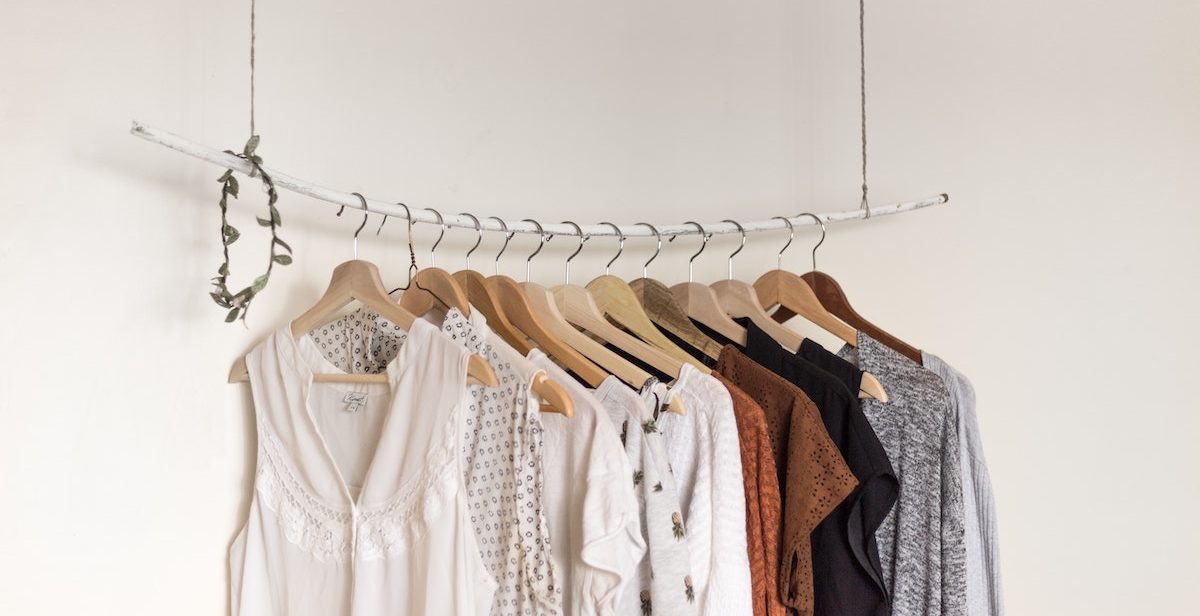Fast fashion is one of the biggest global polluters, generating 100 billion garments each year. Fashion outlets generally restock their stores every four to six weeks in the hope that consumers will buy the very latest trends. They discard huge quantities of ‘out of fashion’ clothing which usually ends up in landfill. The ethically-minded have been seeking sustainable fashion solutions for a long time. And one of them is to buy used garments. But is vintage shopping sustainable?
Before we go further, let’s explore the difference between second-hand clothing and vintage. Second-hand clothes could have come out of the factory last week. But genuine vintage clothes are 20 years old or more. They may have started out at a recycled clothing bank mixed with second-hand items. But savvy sellers will separate the vintage pieces from non-vintage pieces and package them into bales. They sell these bales to companies who sort and sell them.
Vintage clothing is sustainable then?
Sidestepping the most polluting stage (production) of the supply chain is certainly great news for the planet. And while many fast fashion clothes will fall apart after a few wears, most vintage garments were made to last. That’s why they’re still going! Vintage clothes don’t lose their value, provided you look after them. That means you can sell them again, continuing their cycle.
It’s clear that recycling items saves raw materials. New garments made of fabric such as cotton, need lots of water and pesticides to grow. And synthetic textiles derived from petroleum are even more unsustainable. They shed microfibres and pollute the environment. That’s not to mention the toxic dyes and chemicals used in the industry.
But digging deeper, there are issues to consider when buying vintage. It’s not always the perfect solution. Some vintage shops include new garments masquerading as old, defeating the whole purpose.
Many large retailers source their clothing from Pakistan which adds tens of thousands of miles and tons of carbon to their garments. And it’s almost impossible to determine whether workers involved in the supply chain are fairly-treated. And don’t forget that vintage clothes made of synthetic fibres shed microplastics when washed.
Living sustainably is a huge challenge
You are constantly encouraged to buy, buy, buy. Advertisers target you personally with their ads. So it’s not surprising that fast fashion is prevalent. But considering your spending habits is a great first step to stepping out of the consumerist cycle.
Overall, the sustainability of vintage clothing depends on how you do it. It’s definitely more sustainable than fast fashion. But it’s important to be mindful that it isn’t always ethical or eco-friendly. As with all fashion items, it’s important to remember to only buy vintage items when you need them. A really good start in rejecting the fast fashion industry is to buy well-made, long-lasting vintage clothing.
Governments and policy makers have a huge responsibility to fix our environmental problems. But we also great power as consumers. By making more sustainable choices we can force industries to change how they operate and generate positive change.

